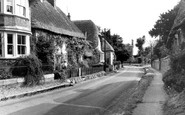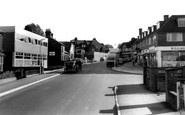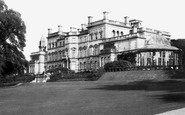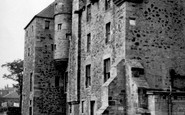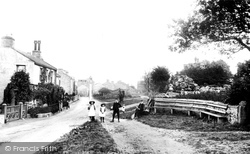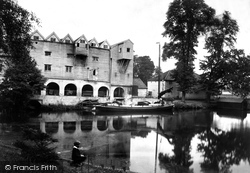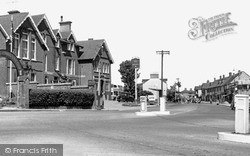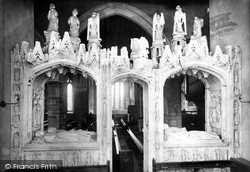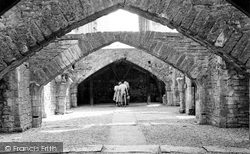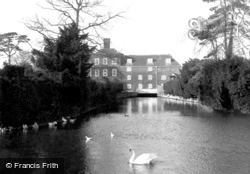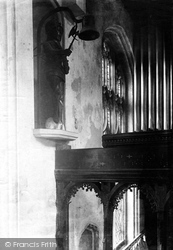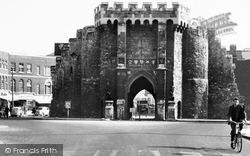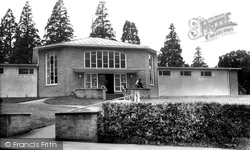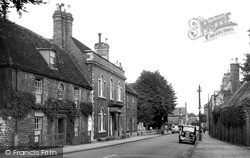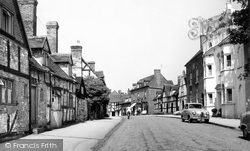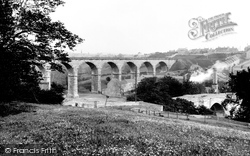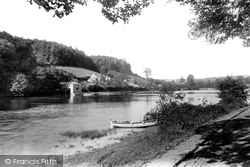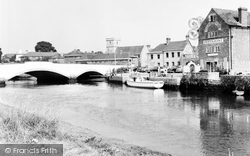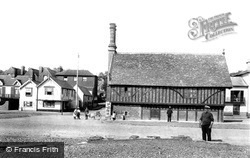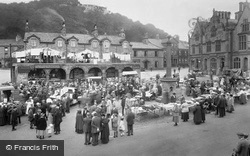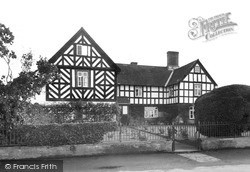Places
Sorry, no places were found that related to your search.
Photos
5 photos found. Showing results 141 to 5.
Maps
83 maps found.
Books
Sorry, no books were found that related to your search.
Memories
1,127 memories found. Showing results 71 to 80.
Would You Believe It
The young man on the outside of the pavement is me, the group standing in the distance are family members and the two on my right are demanding to know where I am going, as it happened I was going to see my Gran. Did not know ...Read more
A memory of Biddulph in 1955 by
Wortley Place. Hemsworth Information/Memories.
I would like any information what so ever on Wortley Place, Hemsworth. From as early as possible 50's/60's to present day. Any information/memories, good or bad will be much appreciated. Many Thanks.
A memory of Hemsworth by
World War Ii
This picture looks as if it is looking down the street with the church on the right hand side. The Post Office in 1940 was opposite the entrance to the churchyard. Every Saturday morning I would run to the Post Office through the ...Read more
A memory of Milton Lilbourne in 1941 by
Working On Blackburn Market In The 1950s
I was born in 1935 and raised in Blackburn, attending the Grammar School until my widowed mother could not afford to keep me there. I left school in February 1952 and got a job as a Junior Clerk in the Markets ...Read more
A memory of Blackburn
Working In Burgess Hill
I worked in the ticket office at the railway station from about 1959 until about 1962. The taxi drivers would come in for tea and W.H.Smiths was attached to the building. I was one of the first to move in to the block of ...Read more
A memory of Burgess Hill in 1959 by
Working For British Railway's Southern Region
My mother, Valerie Evans, worked for British Railways southern region from 1957 -1960 at Deepdene House. She was a shorthand typist and remembers Deepdene House to be a beautiful building with extensive ...Read more
A memory of Dorking in 1957 by
Wool Shop On Or Near Princes Street
My great-great-aunt's (sisters called Copland) kept a wool shop in Edinburgh in the 1800s. I have tried to find out about them but without much success. I would be delighted to hear from anyone with any knowledge of them or the shop. Many thanks. Jennifer Cook (Copland)
A memory of Edinburgh in 1880 by
Woodthorrpe Road School 1969 73
I have fond memories of being in Mr Birch's class with its big arched window and back stairs where he would lead us for 20 minutes of the Ring Game before lunch. There was a pottery room too but I never saw it used ...Read more
A memory of Ashford by
Woodhouse Eves
My name is Jacqueline Billingsley. I was sent here in the 1950's from hospital due to kidney problems. I remember the Matron who would take her small dog for walks every morning in the woods. Being very fond of dogs even at a ...Read more
A memory of Woodhouse Eaves by
Woodford Green Primary School
I was born at St Margaret's hospital, Epping in 1967. I remember my first day at school and being terrified! I remember every teacher with fondness. The green surrounding the school was an extension to the ...Read more
A memory of Woodford Green in 1972 by
Captions
1,233 captions found. Showing results 169 to 192.
Lying about ten miles east of Hawes, Aysgarth is famous for a series of waterfalls on the River Ure, the upper of which can still be viewed from a 16th-century single-arch bridge.
Lying about ten miles east of Hawes, Aysgarth is famous for a series of waterfalls on the River Ure, the upper of which can still be viewed from a 16th-century single arched bridge.
Sadly, the intricately carved lintel and arch over the main doorway above the steps have been obscured here by ivy. Despite this, they have remained remarkably well
The hatch cover of the square-rigged wherry 'Widgeon' has been lifted away in sections for its cargo of planks to be offloaded - they are stacked neatly under the stone arches of the mill.
In the foreground stands the arch of the Conservative Club, with the solid brick-built Cambridge Hotel next door.The honey-pot style telegraph poles carry lines to the surrounding buildings.
Up until the 1930s specially designed trams travelled through Bargate, with dome-shaped tops to fit the arch.
Up until the 1930s specially designed trams travelled through Bargate, with dome-shaped tops to fit the arch.
This late 15th-century chantry screen is a monument to the Kirkham family, whose tombs lie underneath the two ornate arches.
Taken from a position further back than 80576 (note the arches probably added in the 19th century that have since been removed).
The stone is from Chilmark, ten miles to the west, and the slender black shafts supporting the arches are of Purbeck marble.The wooden choir seats can be seen in the foreground: to the right is the
This was a large mill on the River Nadder just upstream from the confluence with the Avon.The Millers House seen here is all that remains of a much larger building; it is now almost invisible from
Today, Jack can be found on the northern arch of the West Tower.
The original Norman arch dates back to about 1175, and the tower was added a century later. The upper floor used to be the guildhall.
It is a much used and valued facility for everyone.
This graceful but solid structure of 17 arches, built in 1485, must have been welcomed. Its foundations are reputedly wool-packs.
The upper falls can still be viewed from a 16th-century single-arch bridge over the Ure.
Number 18, on the left, was refronted in the 1770s in brick with Venetian windows (with their centre part arched), and a later Greek Doric- style porch added.
Today, however, the timber- framed buildings do look in a much better condition with fresh white paint over the brickwork.
Here we see the impressive masonry-arched Newton Viaduct.
In the distance is the little 16th-century two-arched bridge.
This view looks north-westwards from the south bank to the 1927-built South Bridge (left) which replaced a graceful five- arch Norman bridge.
The building was once in the centre of a much larger town, but coastal erosion saw much of Aldeburgh lost to the sea.
Dating from the 17th century, the Shambles comprised several shops in an arched arcade, with living accommodation over the top.
This magnificent building stands right beside the road but is hidden by what is now a much taller, and thicker, hedge.
Places (0)
Photos (5)
Memories (1127)
Books (0)
Maps (83)




